STIR/SHAKEN statistics from November 2022
The monthly STIR/SHAKEN statistics improved slightly in November. Is this a blip, or a new trend? Let’s have a look.
We’ve been publishing monthly STIR/SHAKEN statistics since April 2021. These numbers are gathered from over 100 voice service providers using our STIR/SHAKEN and robocall prevention solutions. The data describe calls they received from 511 other voice service providers that originated calls, including some robocalls, signed with STIR/SHAKEN.
Many Robocalls are signed with B or C attestation
Calls Signed with C Were Over 3.5 Times More Likely to be Robocalls
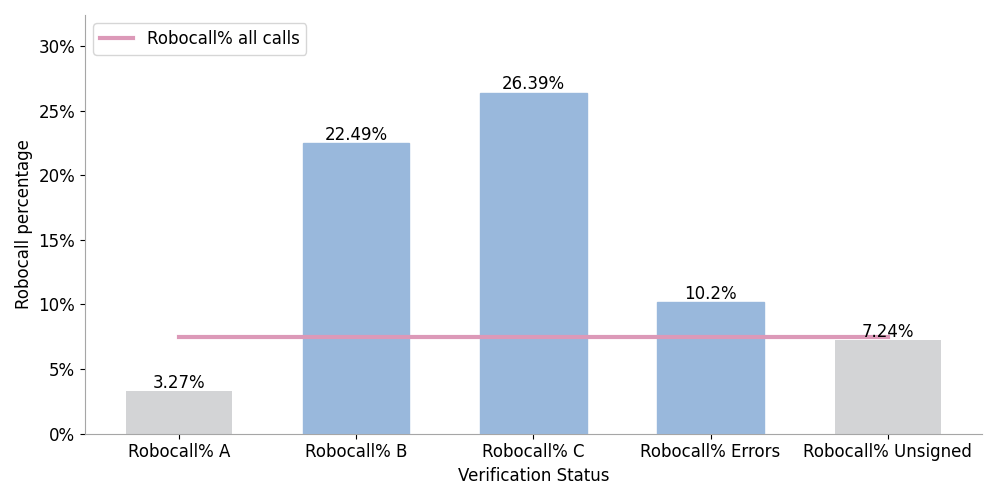
Figure 1. Robocall % by Verification Status in November 2022
Figure 1 compares the percentage of robocalls by attestation level, for unsigned calls, and for all calls in November 2022.
The red line shows the robocall percentage for all calls, which was 7.52%. As we’ve reported in previous months, many of these calls were signed by a downstream intermediate provider using their own SHAKEN certificate. This is how robocallers and robocall-friendly providers have adapted to call authentication and robocall mitigation regulations.
Signed Robocalls Down in November
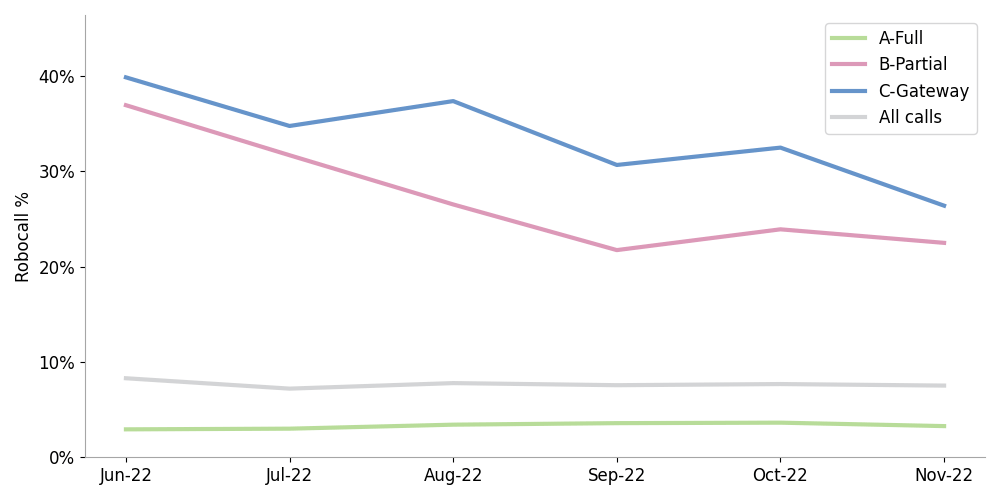
Figure 2. Signed Robocalls by Attestation Last 6 Months
Figure 1 is bad news. However, looking at the bright side, those numbers are an improvement over the recent past. Figure 2 shows this trend over the past six months. Robocalls signed with B attestation were down 1.42% from October. Robocalls signed with C attestation were down 6.09% in November, a significant and welcome decrease.
Unfortunately, calls signed with C attestation were still over 3.5 times more likely to be robocalls than unsigned calls.
SHAKEN participation is leveling off
We measure STIR/SHAKEN participation changes in three ways:
- The number of Originating Service Providers (OSPs) signing calls received by our customers
- The number of service providers authorized to do SHAKEN by the STI Policy Administrator (STI-PA)
- The number of new certification filings in the Robocall Mitigation Database
Slight Increase in SHAKEN Participation
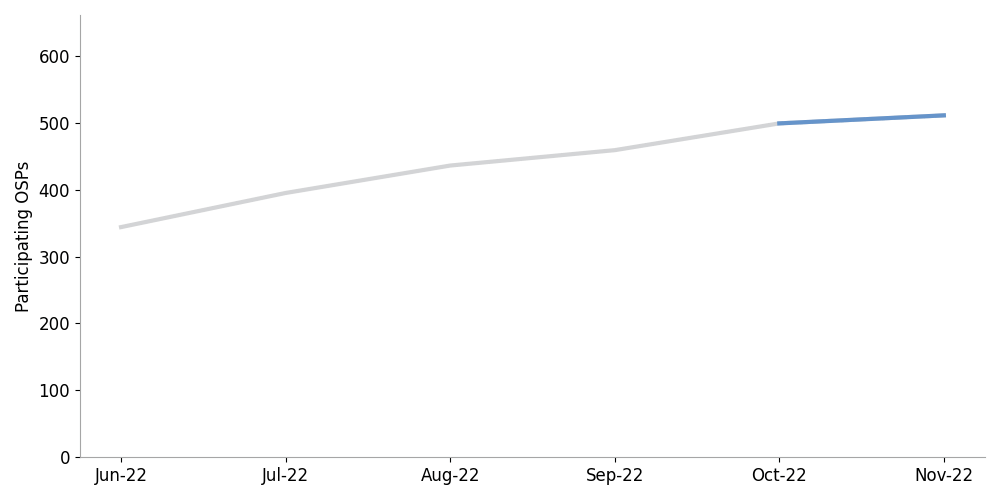
Figure 3. Monthly Number of OSPs Sending Signed Calls
Figure 3 shows that the number of Originating Service Providers (OSPs) signing calls increased from 499 in October to 511 in November, an 2.4% increase. This follows an 8.7% increase in October.
Increase in SHAKEN Authorized Providers Tapers Off
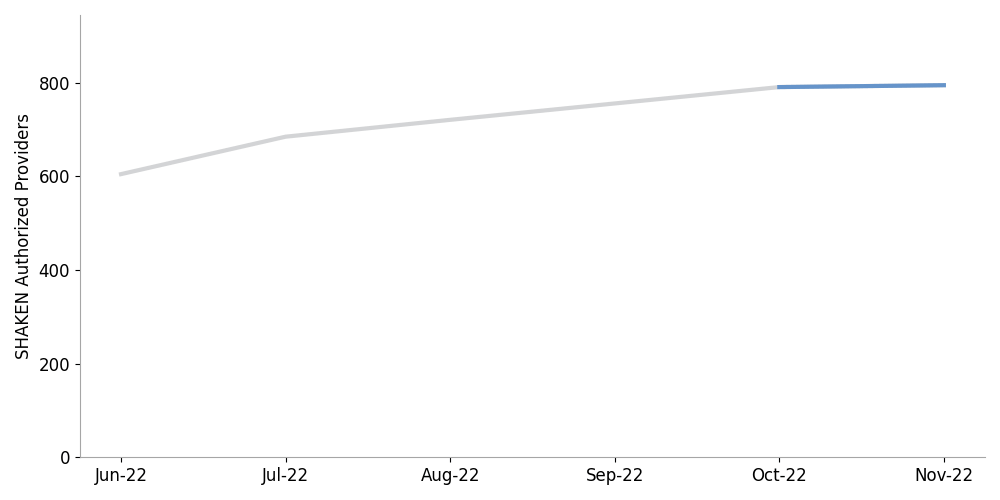
Figure 4. STIR/SHAKEN Authorized Providers by Month
Figure 4 shows that the number of SHAKEN authorized providers increased only 0.5% in November, from 791 to 795. This follows a 4.6% increase in October. There was a surge in the number of new SHAKEN authorized providers that peaked in June 2022. Since then, monthly increases have tapered and are now essentially flat.
New Robocall Mitigation Database Filings Trickle In
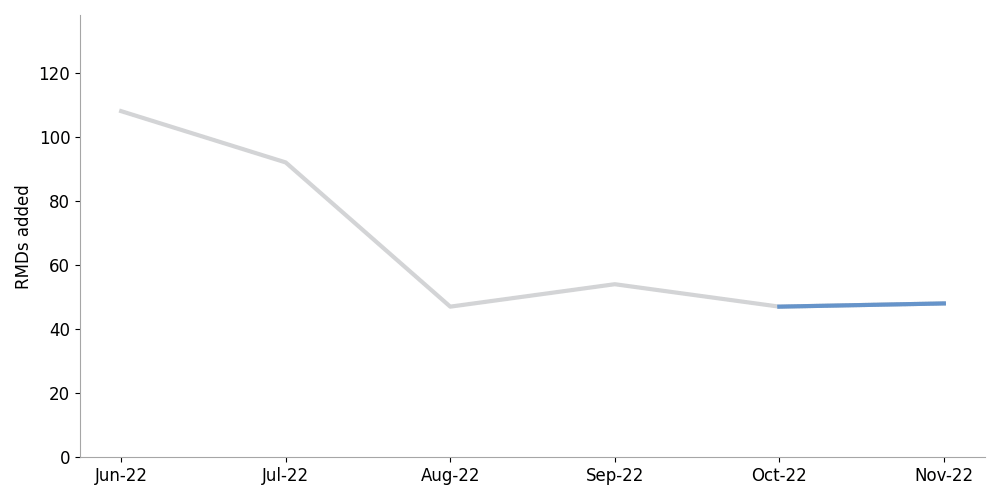
Figure 5. New Robocalls Mitigation Database Filings by Month
Figure 5 shows that new Robocall Mitigation Filings continue to trickle in after a midyear surge. As with other participation statistics this one shows little growth.
Few calls reach their destination signed
Despite these monthly increases in STIR/SHAKEN participation, we haven’t seen an increase in the percentage of signed calls received at termination.
Most Calls Arrive Unsigned
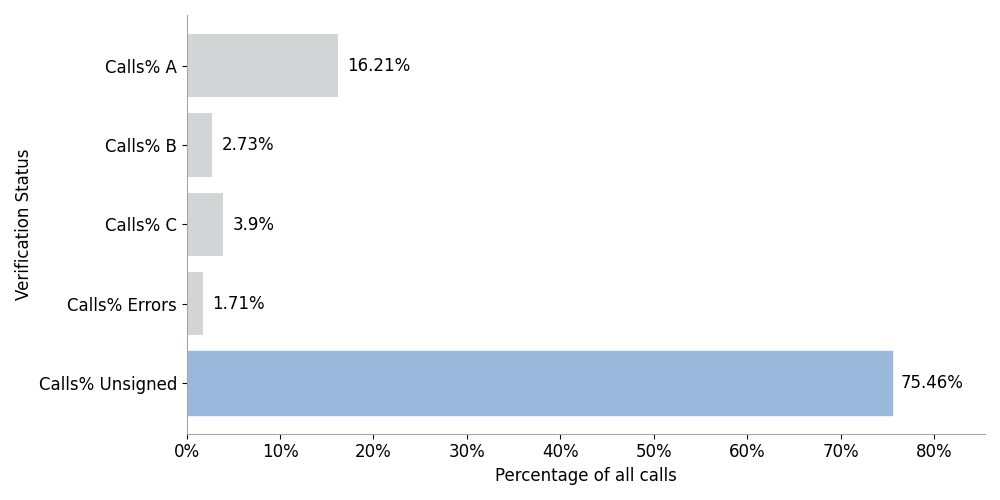
Figure 6. Percentage of Calls by Verification Status
Figure 6 shows that 75.46% of calls received for termination were unsigned, down slightly from October, when 76.71% of calls were unsigned.
Percentage of Signed Calls at Termination Up Slightly
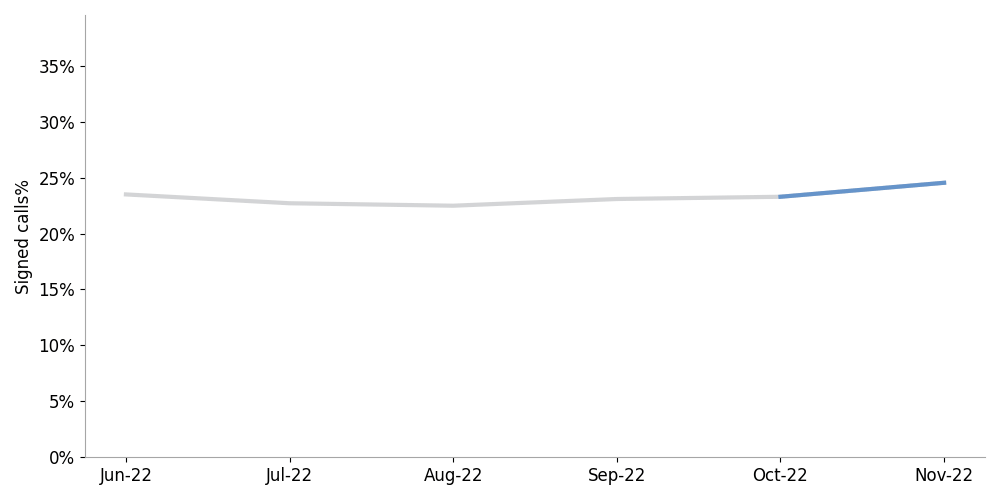
Figure 7. The Percentage of Signed Calls at Termination Last 6 Months
Figure 7 shows that the percentage of signed calls at termination was 24.54%, a slight increase from 23.29% in October. This is a welcome improvement. However, we’ve observed that this has hovered around 24% since August 2021, despite the steady increase in Originating Service Providers and SHAKEN authorized providers signing calls at origination.
Few calls receive a full attestation
STIR/SHAKEN provides the greatest value when OSPs sign their outbound calls with full A-level attestation. This provides an attestation that the caller is whom they say they are and that the calling number was not spoofed. The first provider in the call path is in the best position to know that. Their full attestation makes robocall prevention call analytics much more effective.
Few Calls Are Signed with Full Attestation
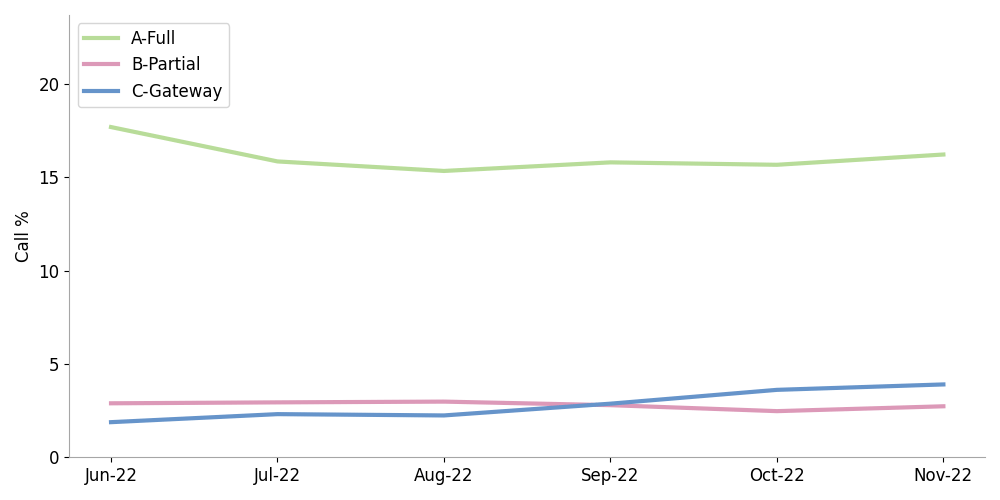
Figure 8. Percentage of Calls with SHAKEN Attestation Levels Last 6 Months
Figure 8 shows that the percentage of calls signed with full A-level attestation is low, in the 15%–20% range. This had been falling over the previous six months. However, it improved slightly in November to 16.21%, up from 15.66% in October.

What these statistics tell us
- First, the good news: signed robocalls continue their downward trend. Bad news: they’re still high.
- STIR/SHAKEN participation is leveling off.
- The percentage of signed calls remains stuck at around 24%, despite the increasing trend in SHAKEN participation. This is because of the non-IP SHAKEN extension.
- The number of calls signed with full A-level attestation, the most valuable type of SHAKEN activity, is has dropped to the 15%-20% range—way too low to help improve robocall identification and mitigation.
Combating illegal robocalls
The most important statistic in this entire set of results is the percentage of calls signed with full A-level attestation. That measures the ability of the STIR/SHAKEN ecosystem to prevent spoofing. As this number rises, call analytics will become more effective in identifying and mitigating illegal robocalls. We still have a way to go.
TransNexus solutions
TransNexus is a leader in developing innovative software to manage and protect telecommunications networks. The company has over 20 years’ experience in providing telecom software solutions including toll fraud prevention, robocall mitigation and prevention, TDoS prevention, analytics, routing, billing support, STIR/SHAKEN and SHAKEN certificate services.
Contact us today to learn more.
Our STIR/SHAKEN products:
- Work with your existing network
- Support SIP and TDM
- Affordable, easy to deploy